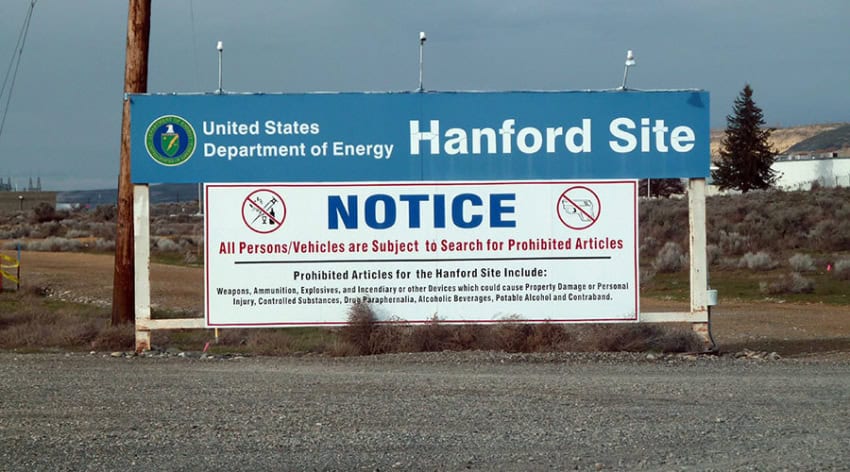WASHINGTON – The US Department of Energy has declared an emergency at the Hanford, Washington nuclear waste storage site, after a tunnel used to store contaminated materials caved in.
A tunnel near the plutonium-uranium extraction plant (PUREX) collapsed early Tuesday morning local time, most likely from vibrations produced by nearby road work, KING-TV reported.
The tunnel was used to store highly radioactive materials and equipment, such as trains used to transport nuclear fuel rods.

The PUREX facility was built in the 1950s and used until 1988 to extract plutonium from around 70,000 fuel rods in total. The building has been vacant for nearly twenty years and “remains highly contaminated,”according to the Hanford website. The rail cars used to transport the fuel rods from the nuclear reactors to the processing facility are buried inside a nearby tunnel.
No workers were injured in the collapse, and officials have detected no release of radiation, Washington state Department of Ecology spokesman Randy Bradbury told AP.

Personnel at the nearby facility have been evacuated, and workers elsewhere in the complex have been ordered to stay indoors and refrain from eating and drinking, according to text alerts seen by local media.
Emergency measures were put in place due to “concerns about subsidence in the soil covering railroad tunnels,” says a statement posted on the Hanford facility website.
Hanford is located on the Columbia River in eastern Washington, near the border with Oregon. Built during World War Two as part of the Manhattan Project to develop the nuclear bomb, it still contains roughly 53 million gallons – over 2,600 rail cars – worth of high-level nuclear waste, left from the production of plutonium for the US nuclear weapons program.
A number of current and former Hanford workers suffer from serious medical conditions as a result of exposure to toxic waste leaks and “burps” of radiation at the complex, RT America reported in April 2016.













